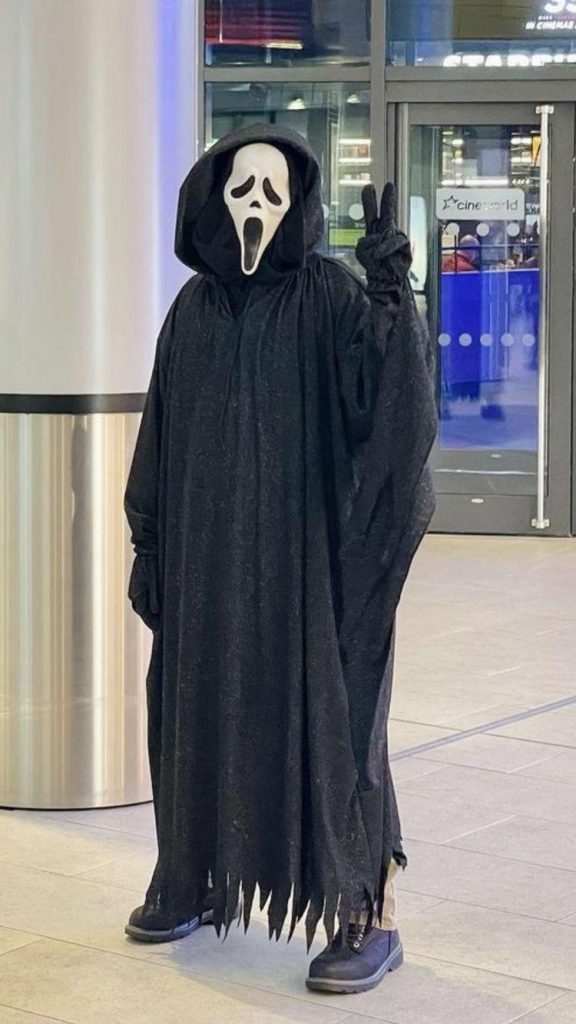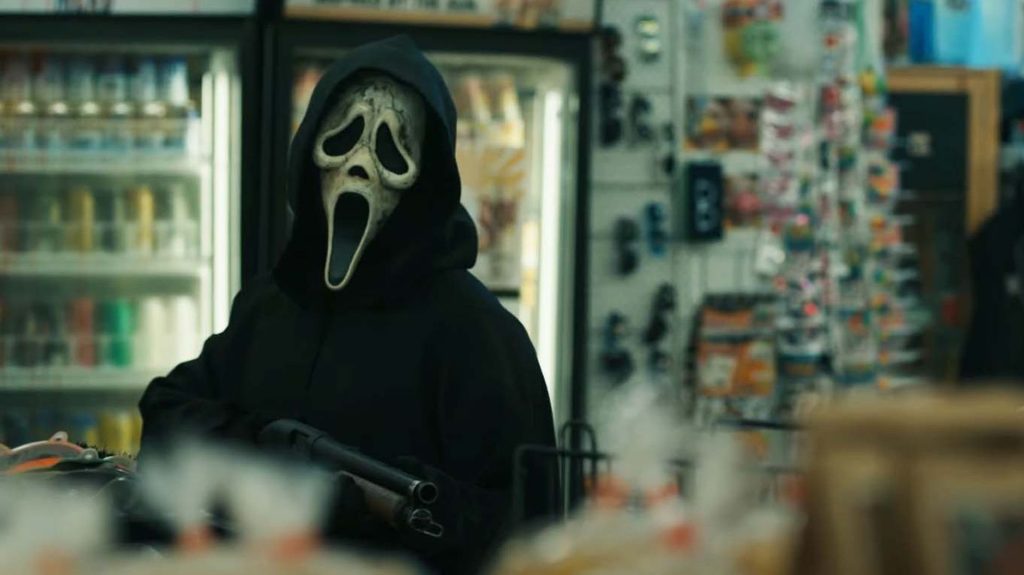The Impact Of Scream On Horror Cinema
When Scream was released in 1996, it changed the horror game forever. Directed by Wes Craven, the film was a self-aware meta-commentary on horror films, subverting many of the genre’s tropes while also paying homage to its classics.

The movie was a box office success and spawned three sequels, each building on the original’s legacy and adding new layers to its meta-narrative. Here are some ways in which the franchise changed the horror game.
It deconstructed horror tropes
“Scream” was the first horror film to deconstruct many of the genre’s tropes, from the “final girl” to the rules of surviving a horror movie. The movie’s characters were savvy about horror films and knew the clichés and tropes that typically led to their downfall, allowing them to subvert audience expectations and keep them on their toes.
It introduced meta-commentary
“Scream” was also the first horror film to include meta-commentary on the genre itself. The characters in the movie discussed horror movies and their tropes and even namedropped classic horror films. The movie’s self-awareness created a new level of engagement with the audience, who felt like they were in on the joke.

It elevated the slasher subgenre
While the slasher subgenre had been popular in the ’80s, it had begun to stagnate by the mid-’90s. “Scream” injected new life into the subgenre by subverting its tropes and adding a layer of self-awareness that made it feel fresh and innovative.
It introduced a new icon
The character of Ghostface, with his signature mask and cloak, became an instant horror icon, joining the ranks of Freddy Krueger, Jason Voorhees, and Michael Myers. The character’s use of a voice changer added an extra layer of creepiness and helped to make him one of the most memorable villains in horror movie history.
